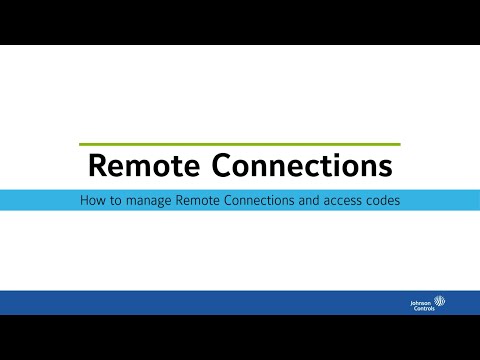Description Cameras are not able to switch to Serial IP under Mechanical tab.Looking at the Onvif plugin the PTZ for the camera was set to “0”We could not enable it in the client. When attempting to set the serial to IP in the mechanical PTZ tab, it would flip back to the Serial Port to… Continue reading Allibi Camera ALI-PZ40-UZAI PTZ is disabled by default on 23.06-24.03
Category: exacqVision Client
Motion Event PTZ Presets with the Axis M5000-G in exacqVision
Overview The Axis M5000-G PTZ camera is a multi-sensor camera containing three stationary wide-angle lenses around the circumference of the camera body and one center-mounted PTZ lens. This guide is intended to help users automate the positioning of the PTZ lens upon events, such as motion detection. Requirements NOTE: While this article is written specifically… Continue reading Motion Event PTZ Presets with the Axis M5000-G in exacqVision
ExacqVision Client MacOS v24.12.7.0
Q4 2025-02-20 ev-Client-MacOS^Version 24.12.7.0^https://cdnpublic.exacq.com/24.12/exacqVisionClient_24.12.7.0_x64.dmg^20 February 2025^157MB,
ExacqVision Client MacOS arm64 v24.12.7.0
Q4 2025-02-20 ev-Client-MacOS-arm64^Version 24.12.7.0^https://cdnpublic.exacq.com/24.12/exacqVisionClient_24.12.7.0_arm64.dmg^20 February 2025^149MB,
ExacqVision Client Linux x64 v24.12.7.0
Q4 2025-02-20 ev-Client-Linux-x64^Version 24.12.7.0^https://cdnpublic.exacq.com/24.12/exacqVisionClient_24.12.7.0_x64.deb^20 February 2025^109MB,
ExacqVision Client Windows x64 v24.12.7.0
Q4 2025-02-20 ev-Client-Windows-x64^Version 24.12.7.0^https://cdnpublic.exacq.com/24.12/exacqVisionClient_24.12.7.0_x64.exe^20 February 2025^138MB,
ExacqVision Client Windows msi x64 v24.12.7.0
Q4 2025-02-20 ev-Client-Windows-msi-x64^Version 24.12.7.0^https://cdnpublic.exacq.com/24.12/exacqVisionClient_24.12.7.0_x64.msi^20 February 2025^138MB,
exacqVision – Remote Connections
exacqVision 24.09 introduces the Remote Connections feature. This video for system administrators discusses the benefits of using Remote Connections as well as creating access codes for mobile users. This feature can be used with exacqVision Mobile 24.09 and above.<br><br> Chapters:<br>00:00 Intro<br>00:33 Features of Remote Connections<br>00:48 Network architecture<br>01:54 Enable Remote Connectivity in the Client<br>02:17 Mobile Optimized… Continue reading exacqVision – Remote Connections
Performance issue when analytics enabled on Exacq
Description issues with analytics enabled where-as the server will eventually become unresponsive and reboot after a short time. Product ExacqVision Server versions 23.09 & 24.03 & 24.06 Steps to Reproduce 1) install 23.09.9.0 exacqvision server software2) connect illustra Pro4 20mp IPS20-M12-OIA4 using firmware SS017.06.05.00.0083) Verify analytics are enabled on the cameras – analyticmetadata, objectdetection, motiondetection4)… Continue reading Performance issue when analytics enabled on Exacq
2024-09 September Quarterly Release Training
<br> exacqVision Server exacqVision Client exacqVision Web Service exacqVision Enterprise Manager Exacq Mobile 3 exacqVision Mobile Exacq Hardware Hardware Revisions exacqVision Advantage Illustra <br>
